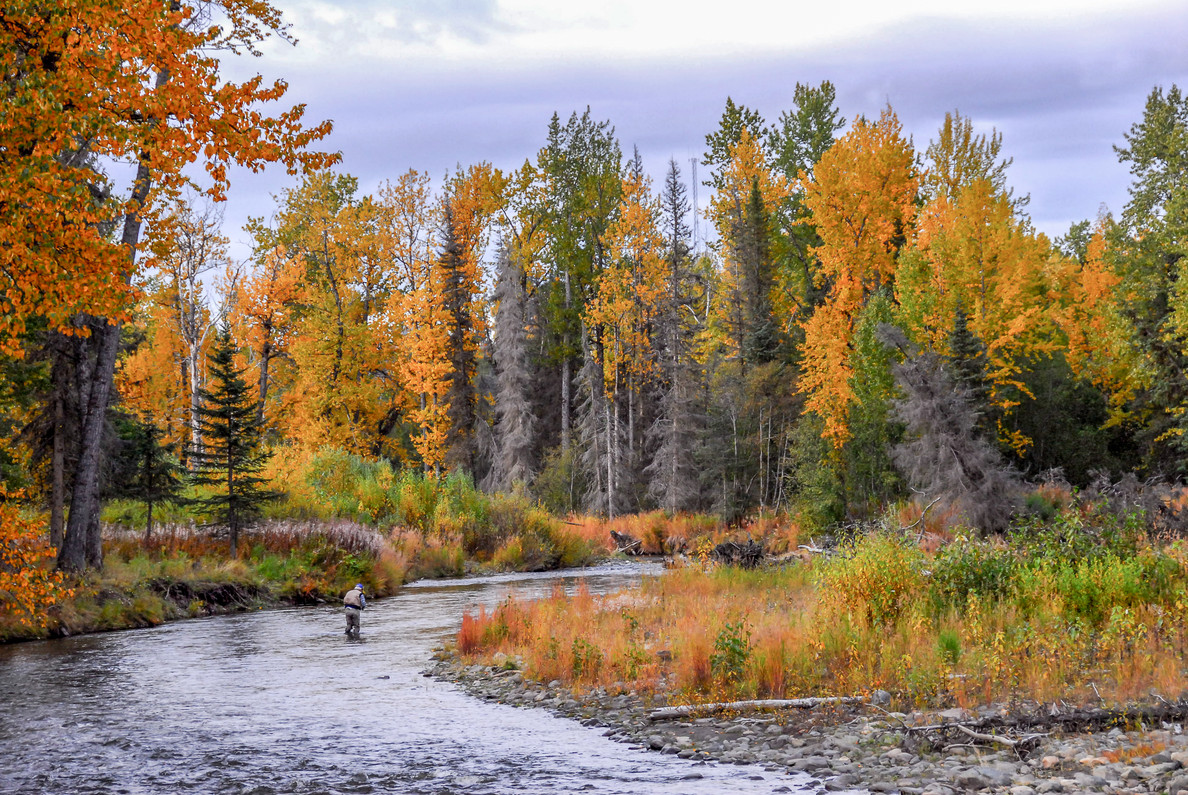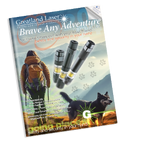Alaskan Fisherman's Guide to Success
From summertime salmon runs to winter ice fishing, Alaska offers some of the best fishing in the country. However, the country's rugged terrain can be unforgiving. If you're planning a fishing trip to Alaska, here's what you need to know about staying safe while on your fishing trip.
Be Bear Smart
When salmon are spawning, bears stick around streams -- and cause conflict with humans. Be bear smart to avoid getting injured or killed by a bear. Wear a bear bell or talk while you're walking to a fishing site. Learn to spot bear scat and tracks, and move somewhere else if you see signs that bears have been around. If you're camping while fishing, cook up "smelly" foods like fish at least 200 yards from your campsite to avoid attracting bears right to your tent.
Dress for the Weather
It's always important to dress for the weather, but especially when you're ice fishing. Ice fishers need thick socks, insulated shoes, and cleats or crampons for walking on ice. Wear layers of moisture-wicking clothes that flick sweat away from the skin, and don't forget about hats, gloves, and other protection against frostbite. If you're staying in an ice shanty for wind protection, only use a gas furnace with adequate ventilation.
Layers are equally important in the summer. Alaska's climate can change rapidly. Mornings and evenings tend to be cool, and you'll probably want a rain jacket, fleece, or other cover up. Choose wind- and water-resistant clothing that wicks moisture away from the skin, so you don't get summertime hypothermia.
Take Emergency Supplies
Take along emergency supplies, including first aid and safety items, such as the Greatland Laser Light. Have a cell or satellite phone, maps, flashlights, and emergency food and water. Other supplies you'll want to pack include sunscreen, insect repellent, and an emergency safety blanket.
A rescue laser light is a great addition to your emergency tool kit, as it lets you to signal rescue planes for help using a bright LED that can cover a 6,000 feet swath of sky. Rescue lasers allow you to signal for 20 miles, find individuals thrown off a fishing boat, or reunite your group if someone goes missing.
Inspect Boats and Crew
If you're going out on the high seas for a fishing trip, you're trusting the captain and crew with your life. Before you climb on board, inspect the vessel. Does it look seaworthy? Does it have emergency supplies, such as life jackets, life boats, an emergency beacon, and a working radio? Do the captain and crew know first-aid and CPR? Ask around for a recommended charter, then meet the captain and crew before you head out. If the captain seems intoxicated or you get a bad feeling about the crew, keep looking.
Bring Your Rescue Laser
While Alaska fishing does pose risks, you can mitigate them simply by being aware of environmental hazards and taking the right gear with you. Your Greatland Rescue Laser is a great, lightweight tool that can save you in dire situations. Among having your laser light with you on the river, follow these tips when planning your fishing expedition and you'll enjoy a great, safe time!
Blog Posts
-
Brave Any Adventure Newsletter 2024 Q2
Click to read our second quarter 2024 Brave Any Adventurenewsletter! …16th Apr 2024 -
Natural Wisdom: How Outdoor Experiences Can Fuel Entrepreneurial Success
Many entrepreneurs find themselves caught in the hustle and bustle of their daily lives, neglecting …12th Apr 2024 -
Spring is in the Air!
1st Apr 2024




